A bumper crop of British cars features amongst the 200-strong catalogue from Historics Auctioneers, this month. From boy racer fast Fords to big Bentleys and roguish Jaguars there are plenty of British beasts to choose from. Here are nine we have been daydreaming about hunting.
Aston Martin Vantage V550
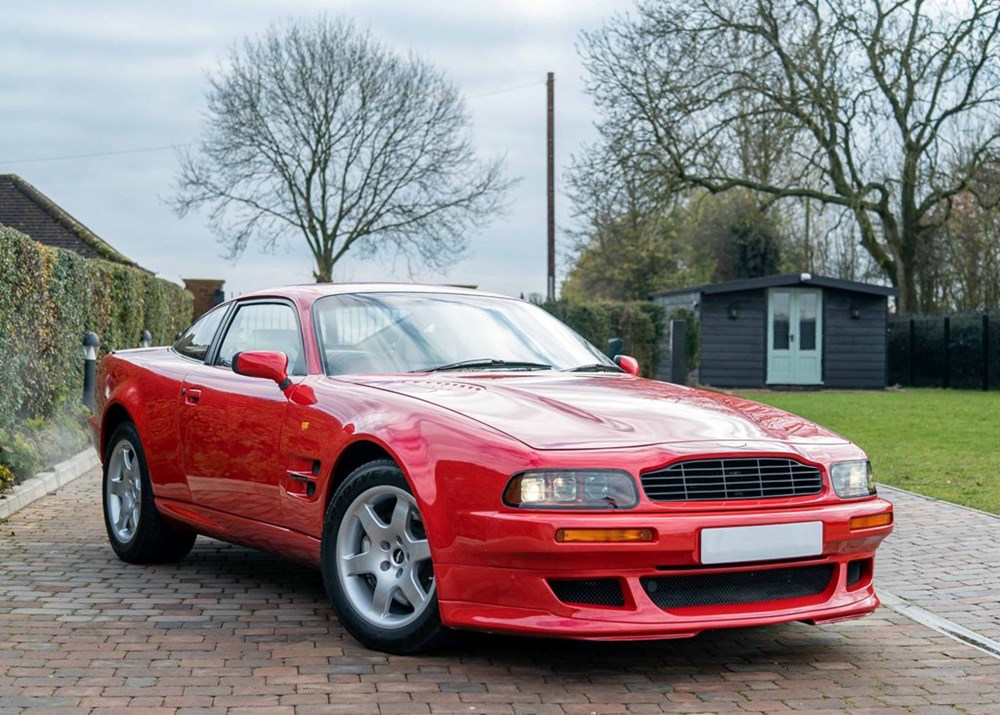
In the early 1990s Aston Martin was still building its cars by hand in the sheds at Newport Pagnell. They may not have been state-of-the-art, and they may have borrowed cheap switchgear from Ford, but they were unquestionably characterful.

The Vantage V550 is a case in point. The transformation from Virage to Vantage saw only the roof and doors carried over. The Vantage was wider, lower, and much, much more muscular.
The 5340cc V8 engine gained twin Eaton superchargers, delivering not just a great wall of torque and a matching 550 bhp, but a soundtrack that could only be matched by a Spitfire in full dive. Aston Martin thankfully fitted the biggest brakes of the era to slow down this brute of a car.
I have vivid memories from a magazine group test of a V550, an airfield and a smoky 100mph powerslide that proved the mighty Aston had been fettled for balance and cornering prowess as well as straight-line speed. Those were the days.
Should you wish to re-live such experiences this 1994 V550 has just 14,700 miles on the clock and is expected to go for £132,000-£152,000. Spare tyres not included with what is arguably the most beastly of British cars.
Jaguar XJ12 Coupe
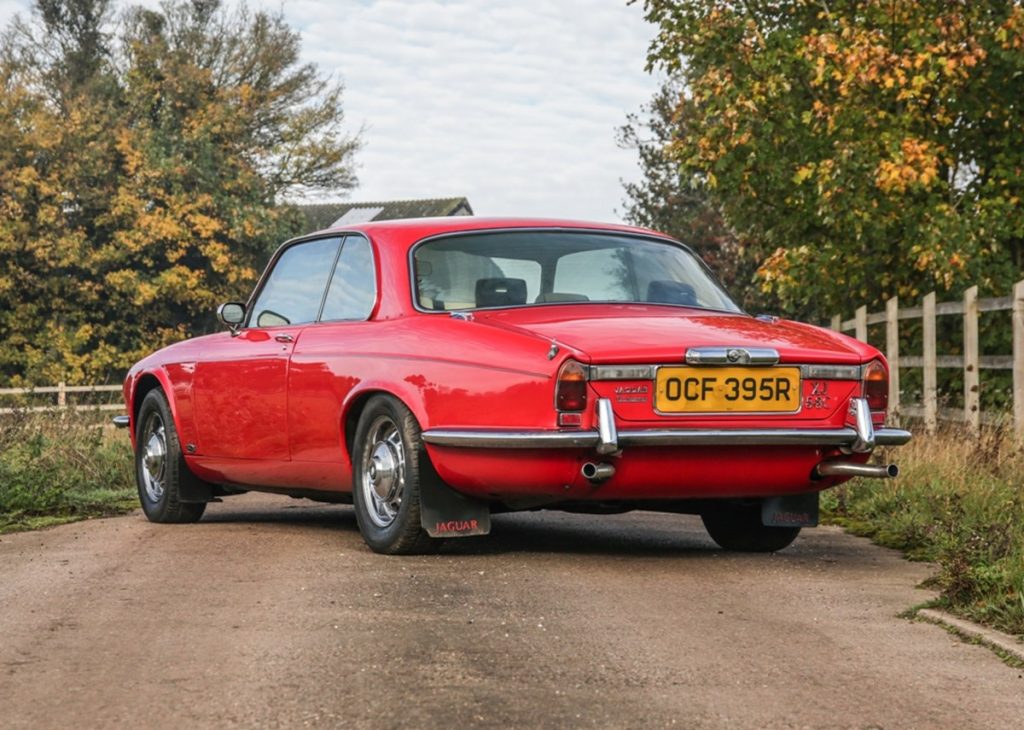
If the E-Type is the most beautiful Jaguar coupe then the award for the coolest cat surely must go to the XJ Coupe. Later to achieve fame driven by the suave Steed from The Avengers (in Broadspeed guise) the pillarless XJC was launched to a great fanfare at the Earl’s Court London Motor Show in 1973.
It wasn’t until 1975 that the first cars went on sale after Jaguar encountered a number of problems taking the short-wheelbase Series 2 XJ saloon, removing the B-pillars and extending the doors. The XJC was offered with six and 12-cylinder engines and this example is the rarer 5.3-litre V12.
A vinyl roof came as standard on XJCs although this lovely red example doesn’t have one. The interior is finished in cream leather with red piping to match the paintwork.
Less than 10,000 XJCs were built between 1975 and 1978 and fewer than 2,000 of those were V12s. A quick search on howmanyleft.co.uk reveals that under 200 XJCs are currently licensed in the UK. Now’s the chance to get one while you still can.
Ford Escort RS2000
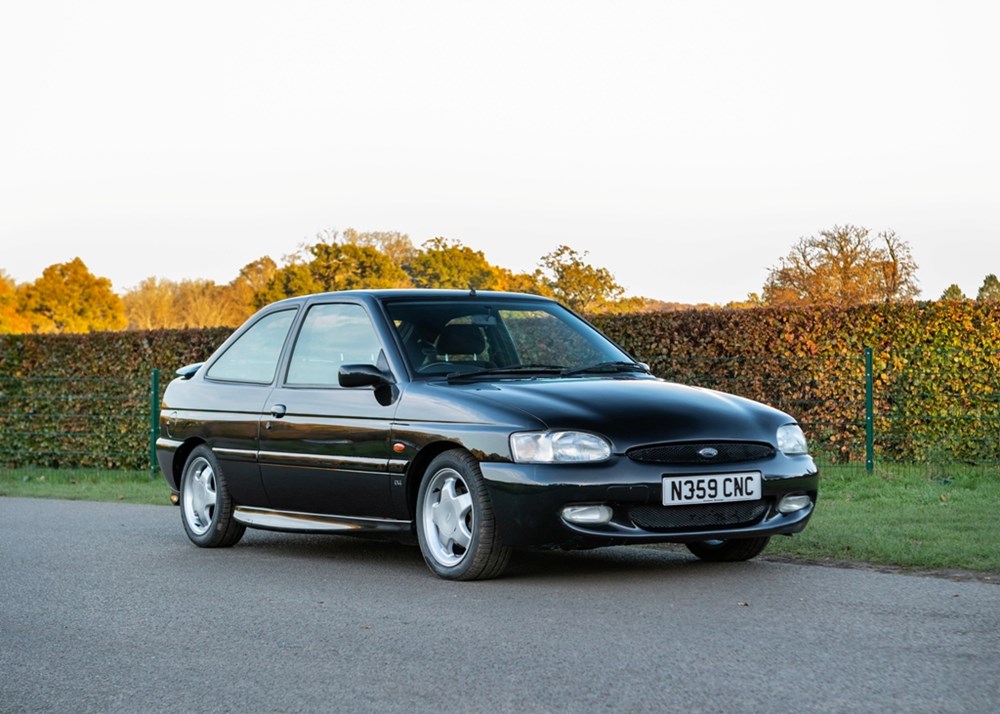
It took a while for the Mark 5 Ford Escort to get anywhere near its previous incarnations when it came to driving enjoyment. The first models were heavily-influenced by focus (no pun intended) groups and the delay of the Zetec engine. Panned by the press at launch Ford took stock and soon introduced a series of improvements to ride and handling.
For Fast Ford fans the return of RS2000 name in 1991 was eagerly anticipated. The front-drive hatch received 150bhp courtesy of the Sierra’s two-litre motor, it boasted Recaro front seats, unique alloys and a neat little rear spoiler (soon to be dwarfed by the Escort Cosworth twin wings).
This is one of only 500 4×4 RS2000s built, of which apparently only 350 made it onto the roads, with the rest going rallying. The car is said to have spent much of its life in sunny southern France, before being put in a garage for 16 years. Offered with a fresh coat of Ash Black paintwork, new tyres and a full service history it could be yours for £9,000-£11,000.
Austin-Healey 3000
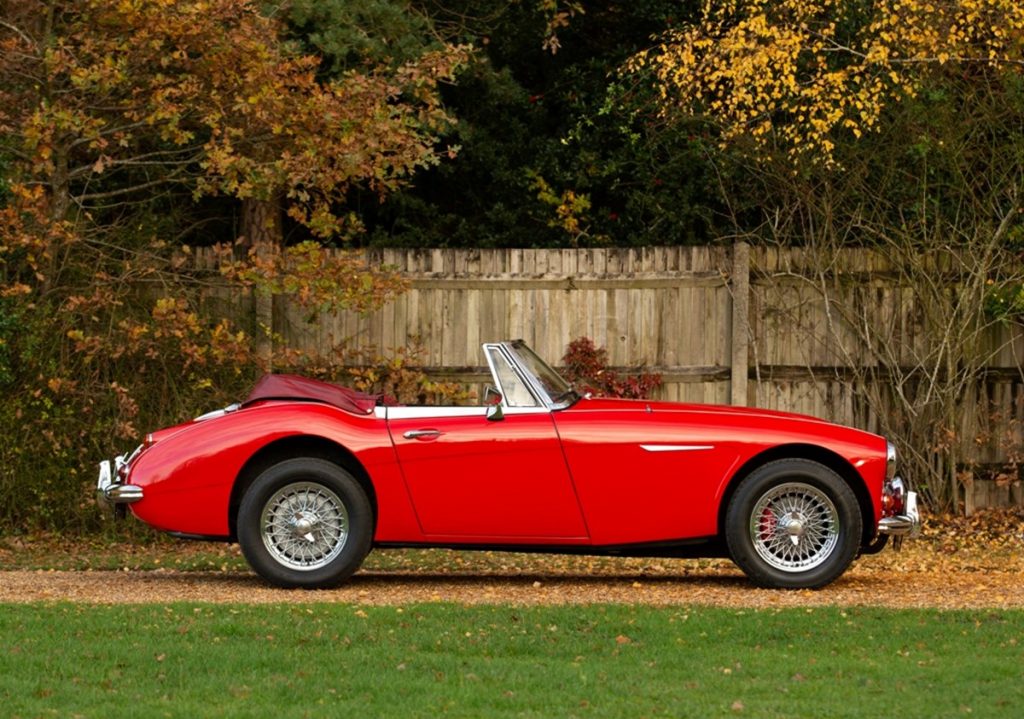
Ever since Pat Moss beat all the blokes at the 1960 Liège-Rome-Liège rally the big Healey has earned a reputation as a classy competitor.
Born from the Austin-Healey 100/4 but fitted with a three-litre BMC engine it performed exceptionally on the special stages of the early 1960s, although lost some favour towards the end of its life in 1967 after failing to deliver on circuits such as Sebring and Le Mans.
Offered for sale is this 150bhp 1964 Mk III version in Colorado Red with a black mohair hood. The car was originally left-hand-drive and sold to North America, but converted over to right-hand-drive on its return to Britain. The current owner has kept the car in mint condition for the past 27 years and is hoping for a sale at £48,000-£55,000.
Mini Cooper John Cooper Works LE 40
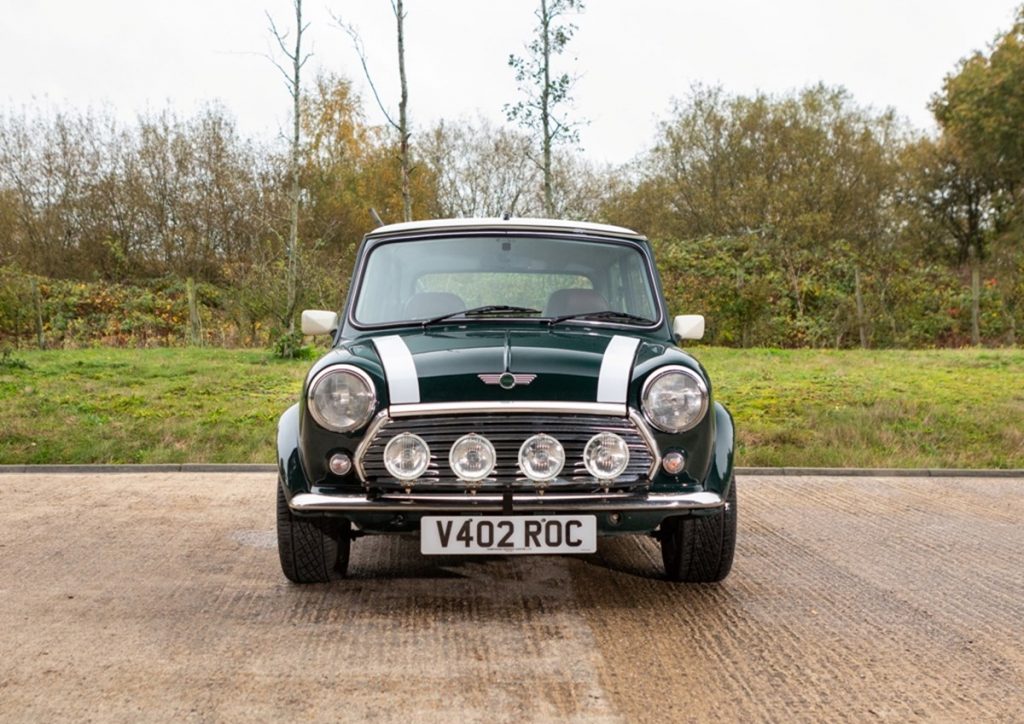
Few British cars are as well known as this one. To celebrate 40 years of the Mini, in 1999 Rover built a short run of 300 rather special cars that would also happen to commemorate 40 years since Cooper won the Formula 1 World Championship.
The John Cooper Works LE 40 was only sold with Brooklands Green bodywork with an Old English White roof and a Grenadine Red leather-trimmed cabin. Mechanically it was the same as the final Minis with a 1.3-litre fuel-injected version of the A-Series engine and running on 13-inch alloys.
The seller bought this car in 2017 and set about a complete restoration. The engine was bored out to 1,320cc and fitted with a stage two head and Kent fast road cam. The gearbox was rebuilt and an uprated clutch was installed. The bodywork was taken back to bare metal and a number of sections were replaced.
The interior is surprisingly sophisticated for a Mini with an alloy-look dash, lots of leather and supportive looking sports seats. At £14,000-£18,000 the price is not quite so mini.
Bentley Arnage T
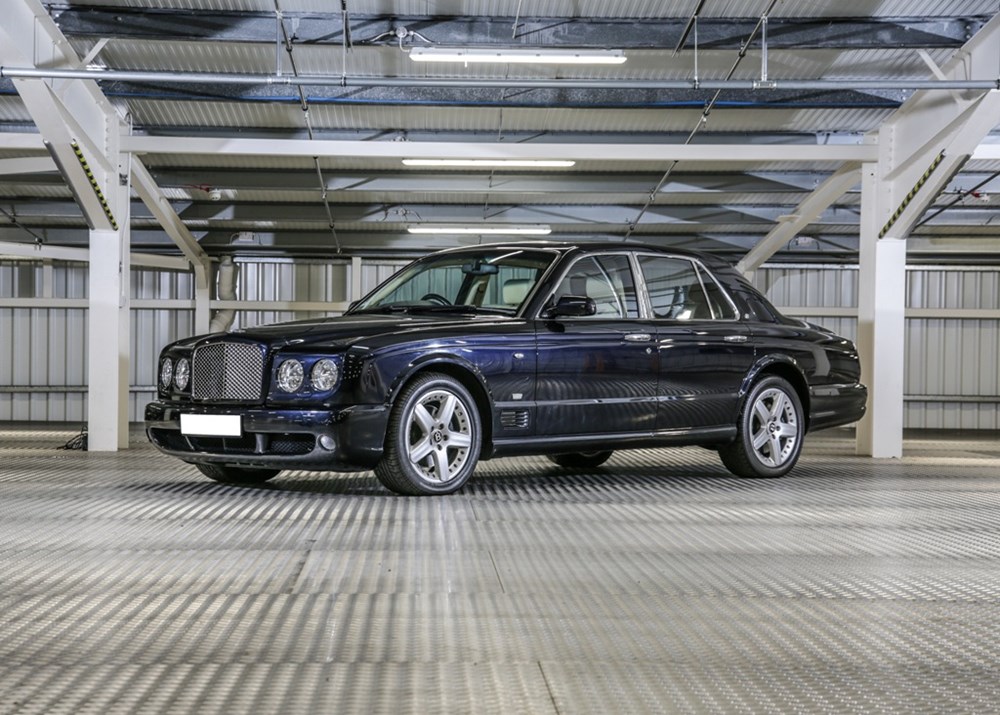
“A stately home that can powerslide. Manic. Magnificent.” So said Mr J Clarkson of Chipping Norton in his review of the barmy Bentley Arnage T.
With its twin turbocharged 6.75-litre 435 bhp V8 engine providing tyre-shredding performance and a sumptuous wood and leather interior we couldn’t agree more.
Having first appeared with a 4.4-litre BMW engine (Green Label) and Bentley’s own venerable V8 (Red Label), new owners VW turned up the wick considerably to create the Arnage T. Stability control (which Clarkson obviously switched off) and a drive-by-wire-throttle were added, the suspension was stiffened and the torsional rigidity of the massive structure was also increased to benefit handling.
For somewhere between £36,000 and £45,000 you could pick up this 2004 model, resplendent in Black Sapphire paintwork with a dreamy Magnolia leather interior. A full service history is included and, although the car originally served as a dealer demonstrator, it thankfully wasn’t the one ragged by Clarkson on Top Gear.
Ford Cortina GT
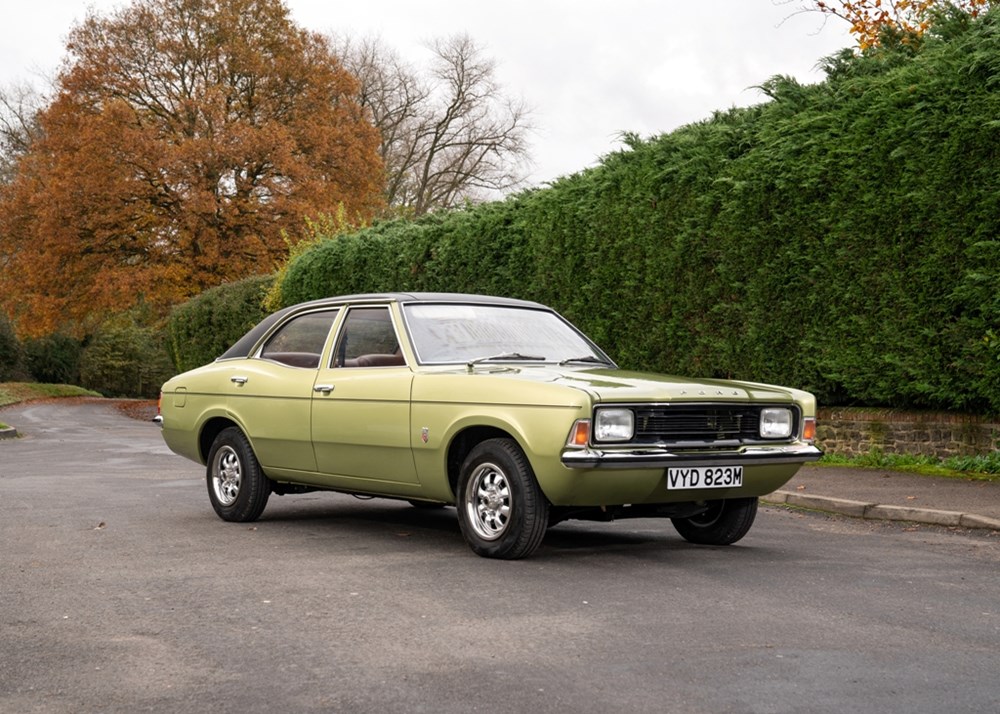
Looking like it’s just driven off the set of The Sweeney is this fabulous Ford Cortina. Once Britain’s most popular car the MkIII version of the Cortina had the job of not just replacing its immediate predecessor, but also the more upmarket Corsair when it launched in 1970.
As a result it was a little wider than the MkII, but contained its longer wheelbase within the same overall length. More spacious, more powerful and with double-wishbone suspension for better handling, no wonder Britons couldn’t get enough of the Cortina.
Sadly only about 1,000 of these MkIIIs are left in the UK and you’ll probably struggle to find one much nicer than this 2000GT. It’s a 1974 facelifted model with a revised dashboard and instruments, revised grille and rectangular headlights. £18,000-£23,000 should buy this 1970s superstar.
MG P-Type Special
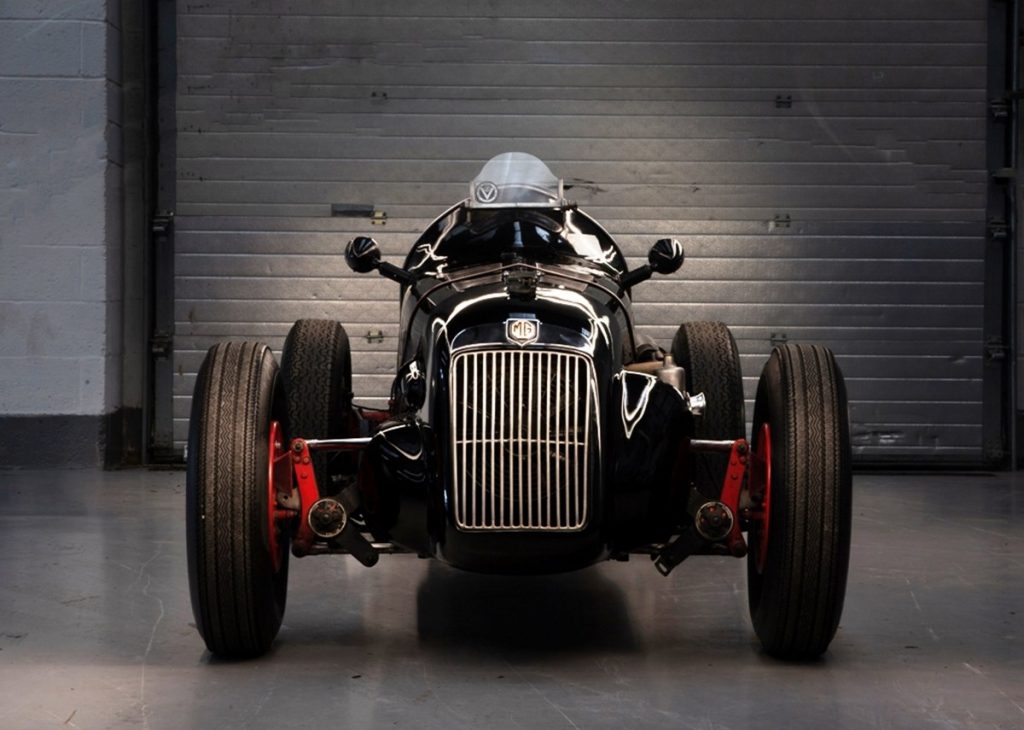
Before the famous MG TA came the PA, built for just two years between 1934-1936 and not a single one came out of the Abingdon factory looking like this incredible single-seater special.
Based on a standard 1934 model the car took its current shape in 1950 after being bought by Geoff Monk and Ray Masters.
They shortened the chassis, reinforced the rails and replaced the front suspension with double wishbones. Off came the original tow-seater roadster body to be replaced with a single-seater shell that could almost be mistaken for a Maserati.
The duo ditched the 500cc engine and fitted a 750cc motor and went racing, picking up a number of wins from 1964 into the late 1970s.
By 1983 it was in the hands of Colin Warrington who fitted a new R-Type body. Over the next few years and owners the car acquired a supercharged 746cc Q-Type engine and a De Dion rear end. The car hasn’t been raced – or driven at all – for 20 years, so be prepared to get your hands dirty if you spend the £30,000-£40,000 estimated to acquire it.
Jaguar XJR-S V12 Le Mans
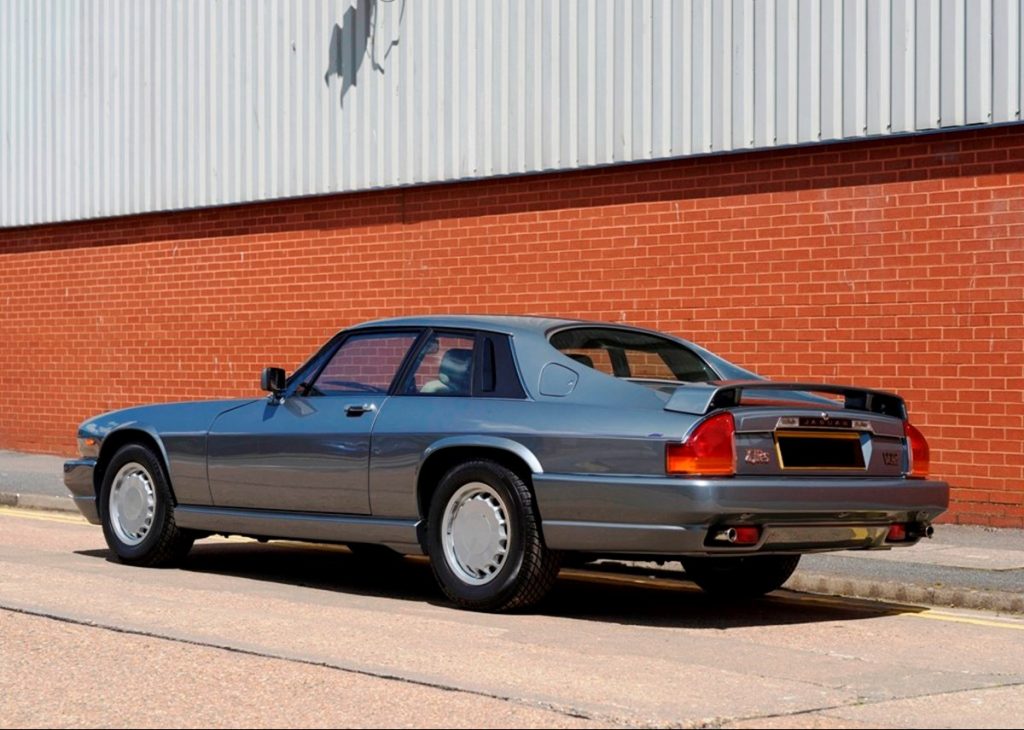
In the summer of 1988 the TWR Jaguar XJR-9 driven by Jan Lammers, Johnny Dumfries and Andy Wallace took the chequered flag after 24-hours of flat-out racing at Le Mans.
Understandably proud of this achievement TWR and Jaguar joined forces on to celebrate, creating one of the most underrated British cars we can remember – the XJR-S. Like the racer, it was powered by a Jaguar V12 engine. In this case it was the 318bhp 5.3-litre HE.
A TWR bodykit was fitted along with unique alloy wheels, modified coil springs and Bilstein dampers, while inside special Connolly Autolux leather and walnut trim were fitted. Only 100 individually-numbered Le Mans editions were made although a total of 787 TWR XJR-S models were built from 1988 to 1993.
The car up for auction is number 54 and, after just two years use, was put into climate controlled storage for the next 25 years. As a result it is described as being in ‘timewarp condition’ and is expected to sell for £46,000-£55,000.

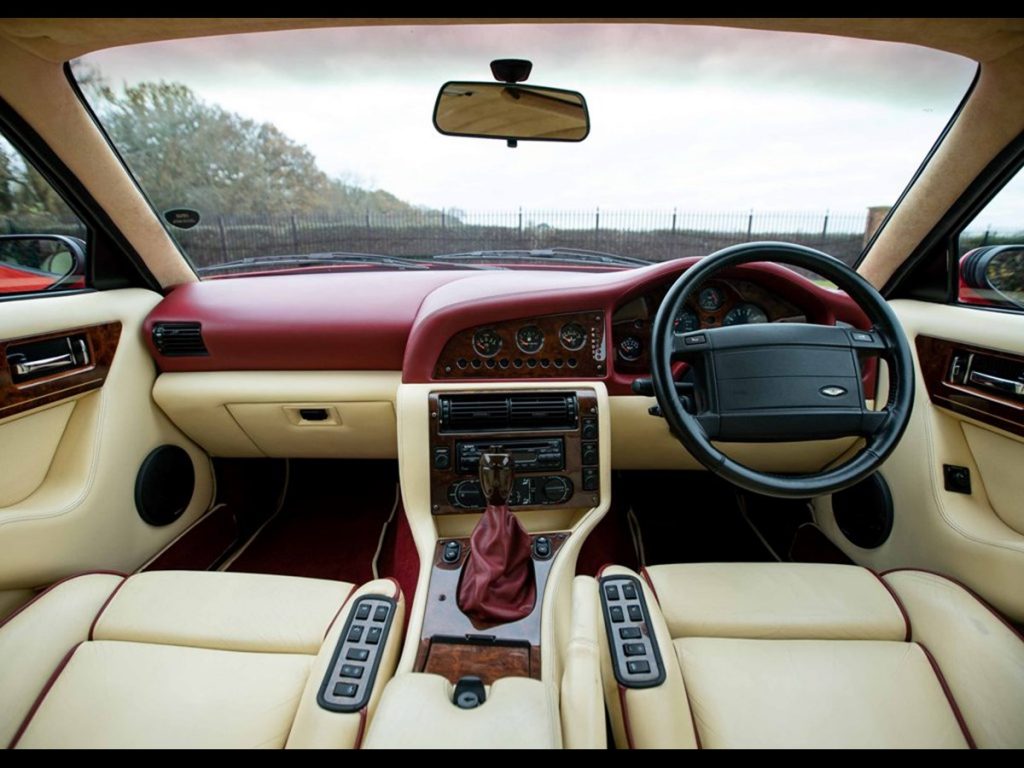
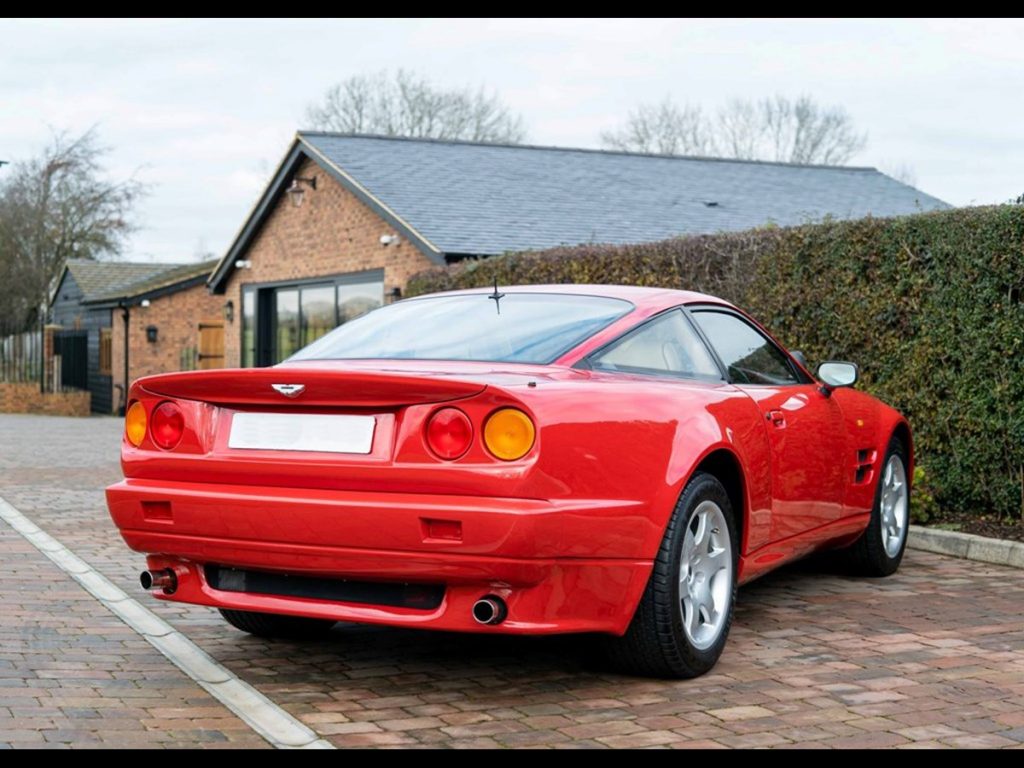
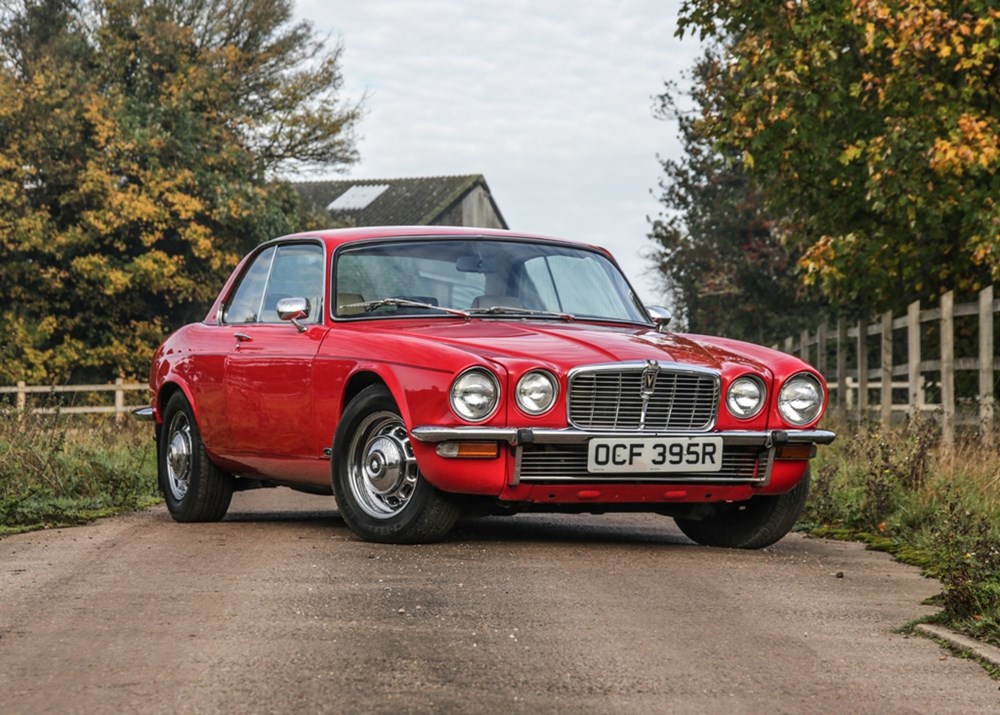
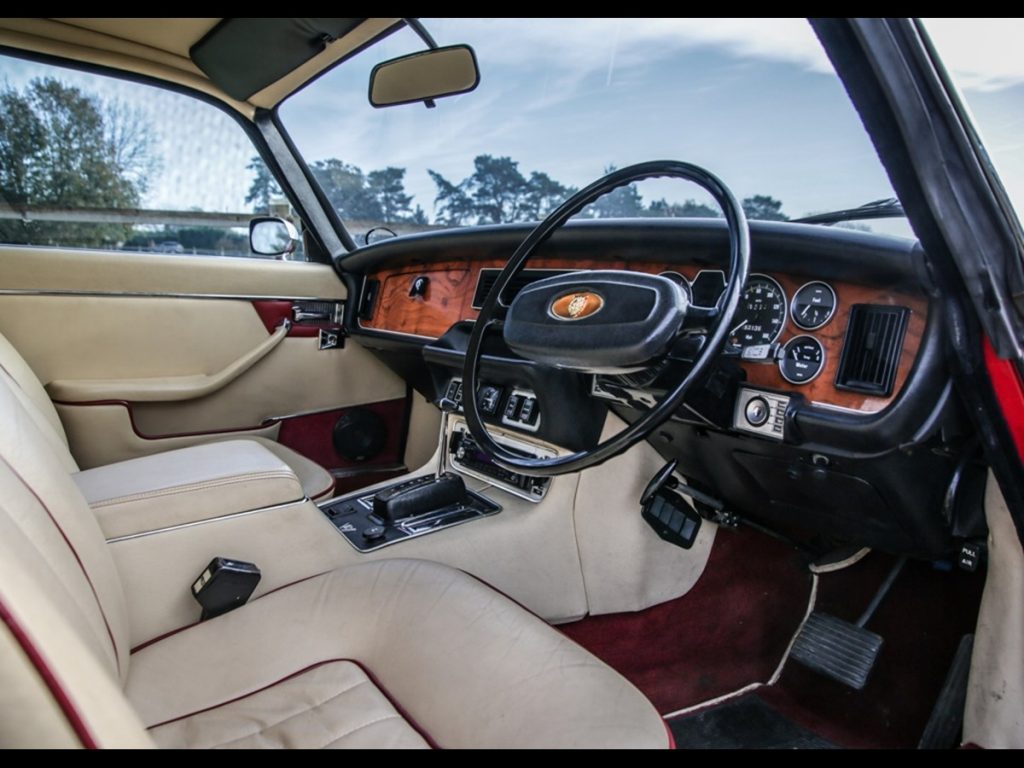
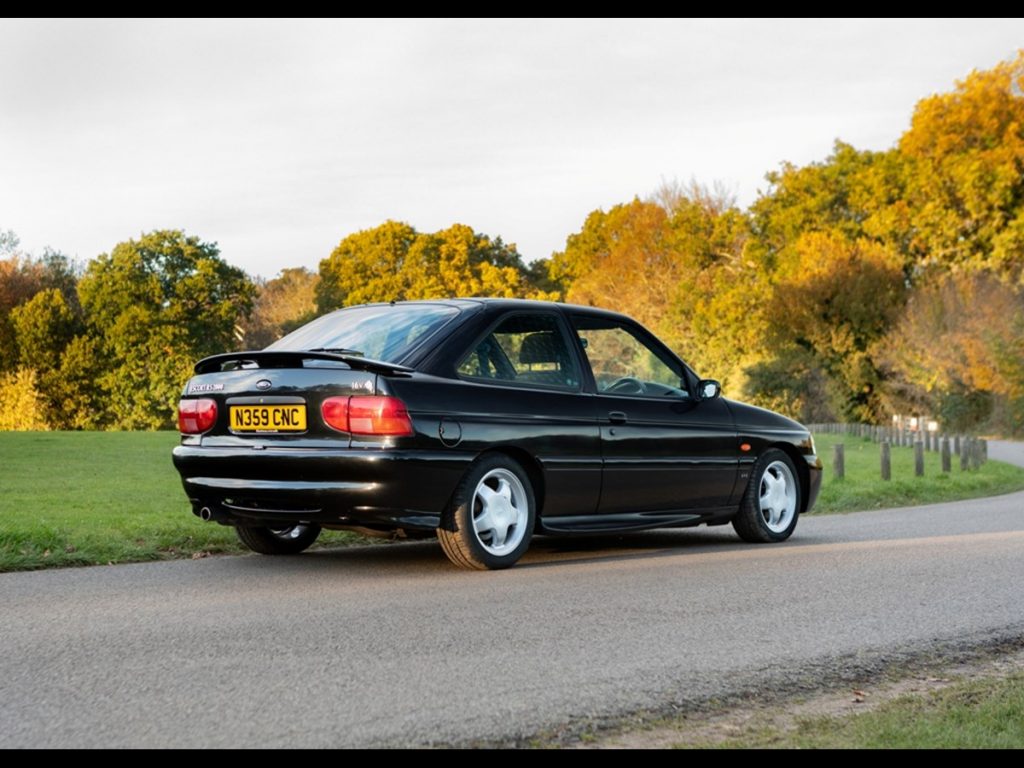
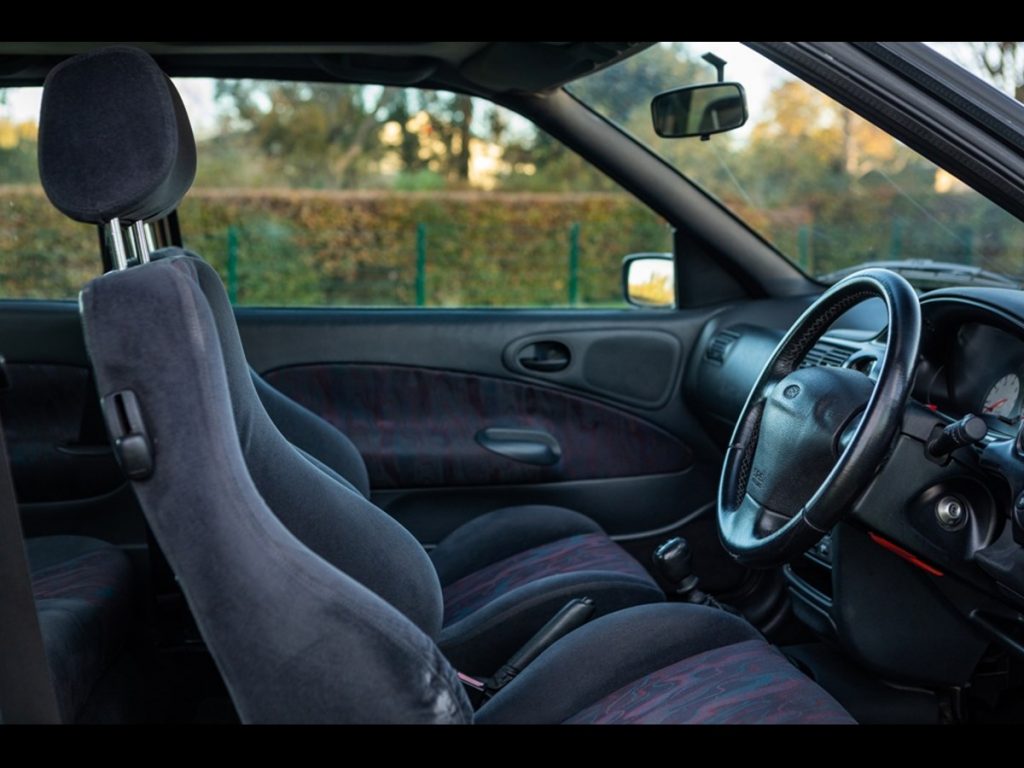
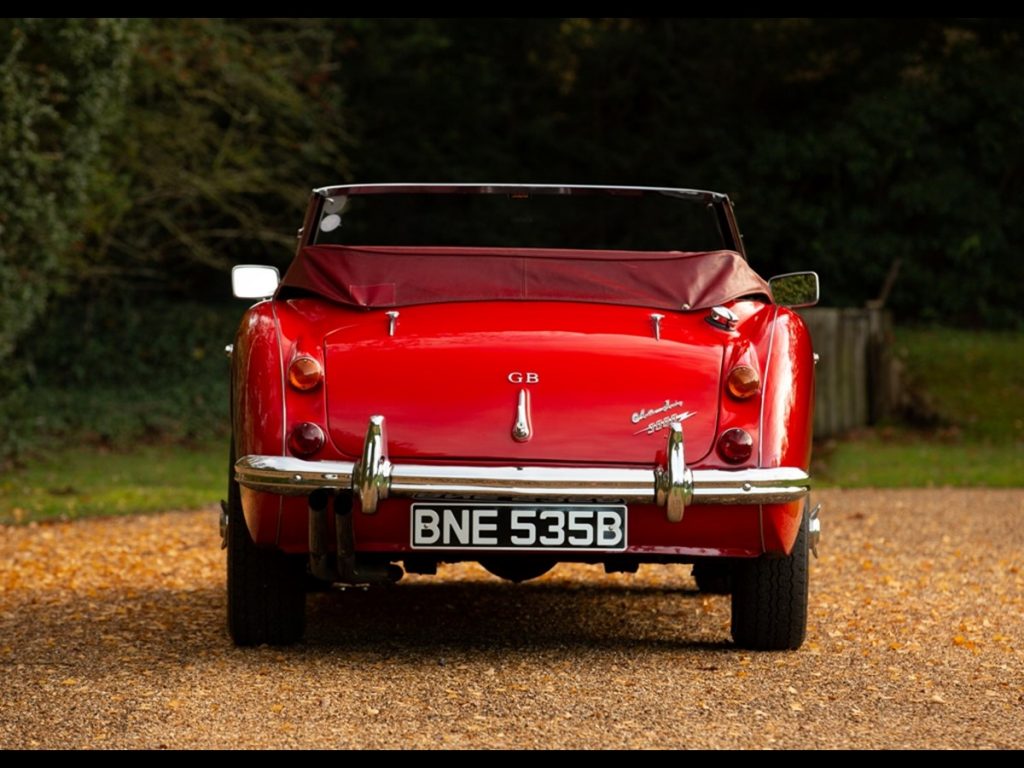
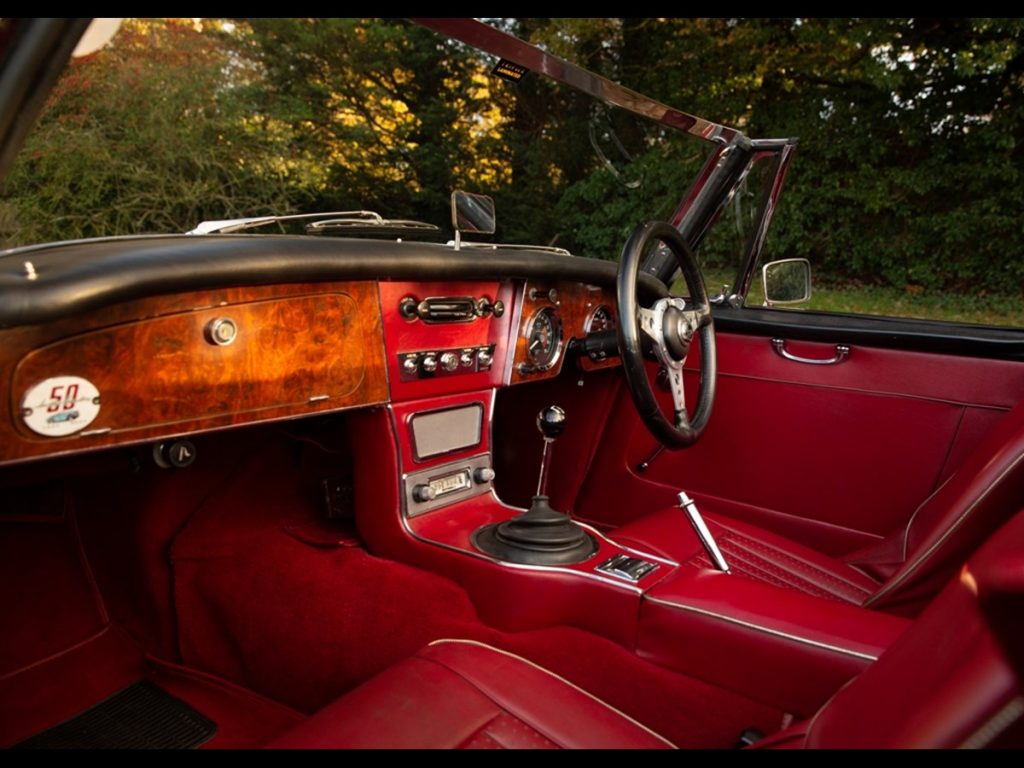
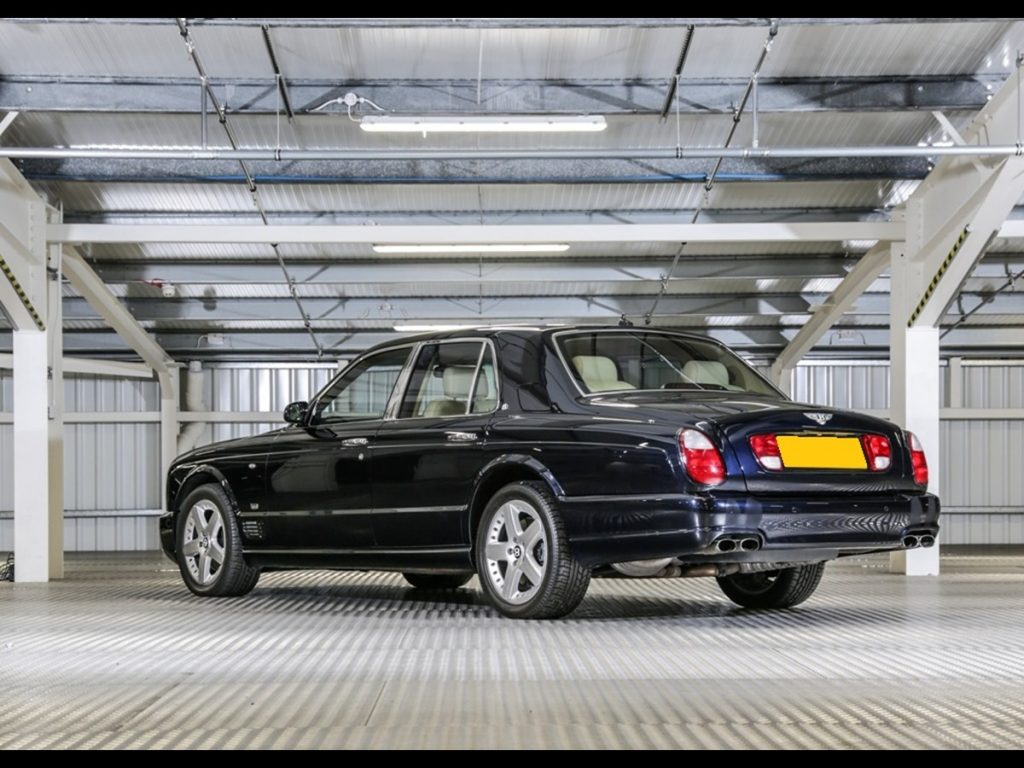
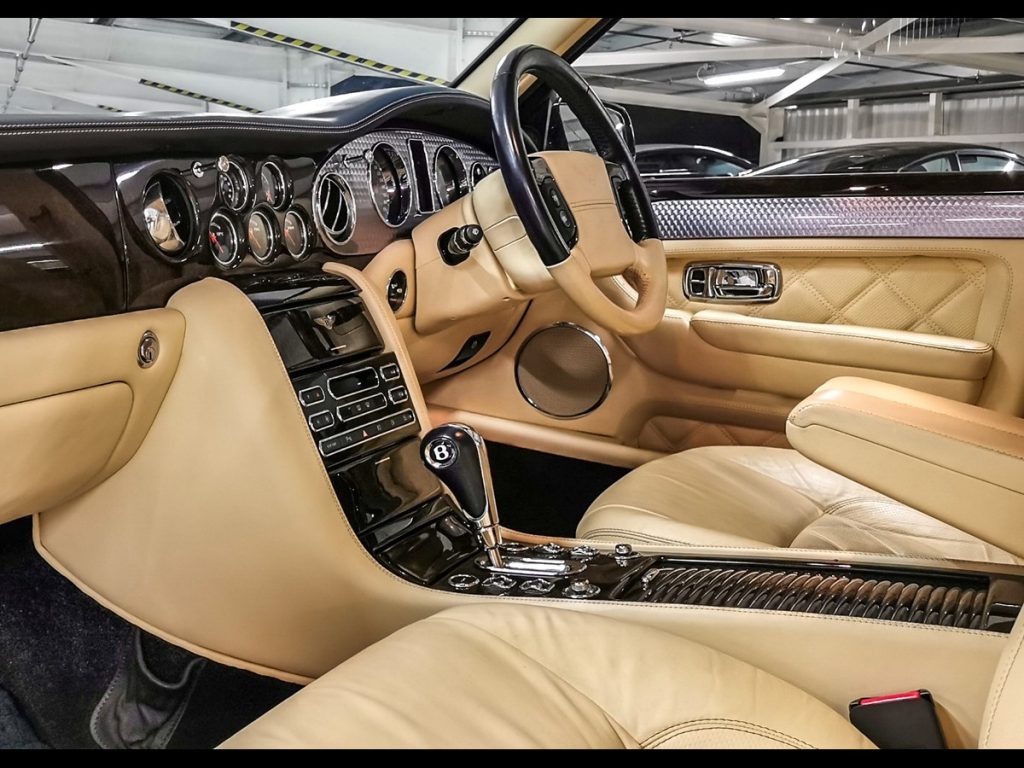
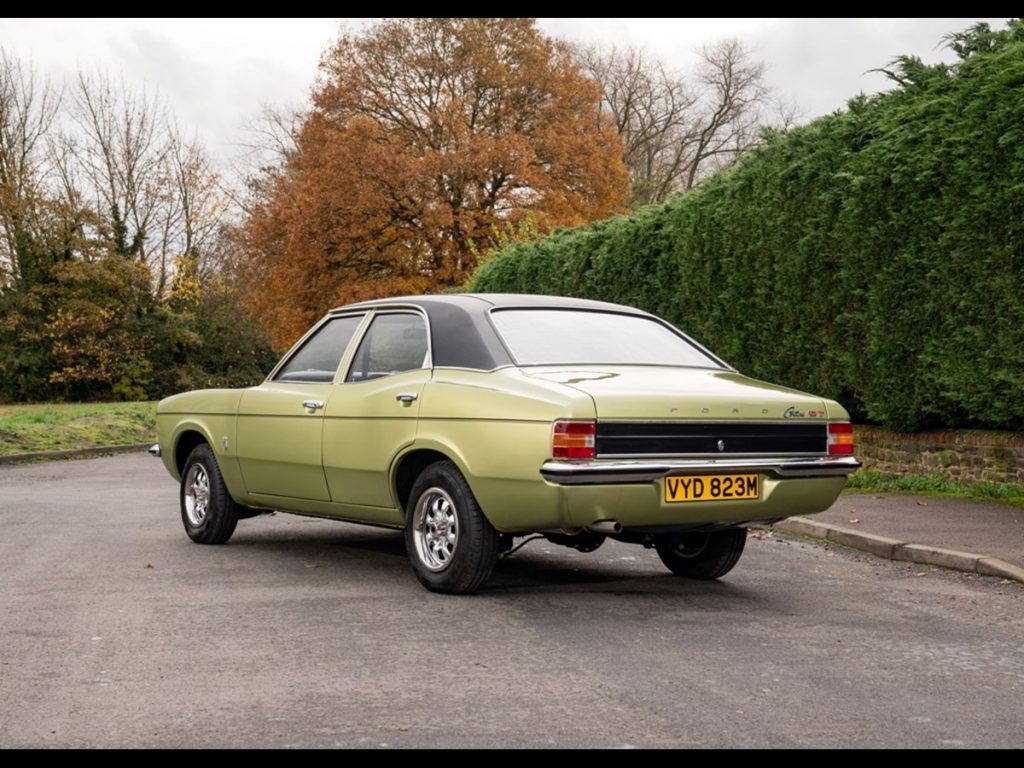
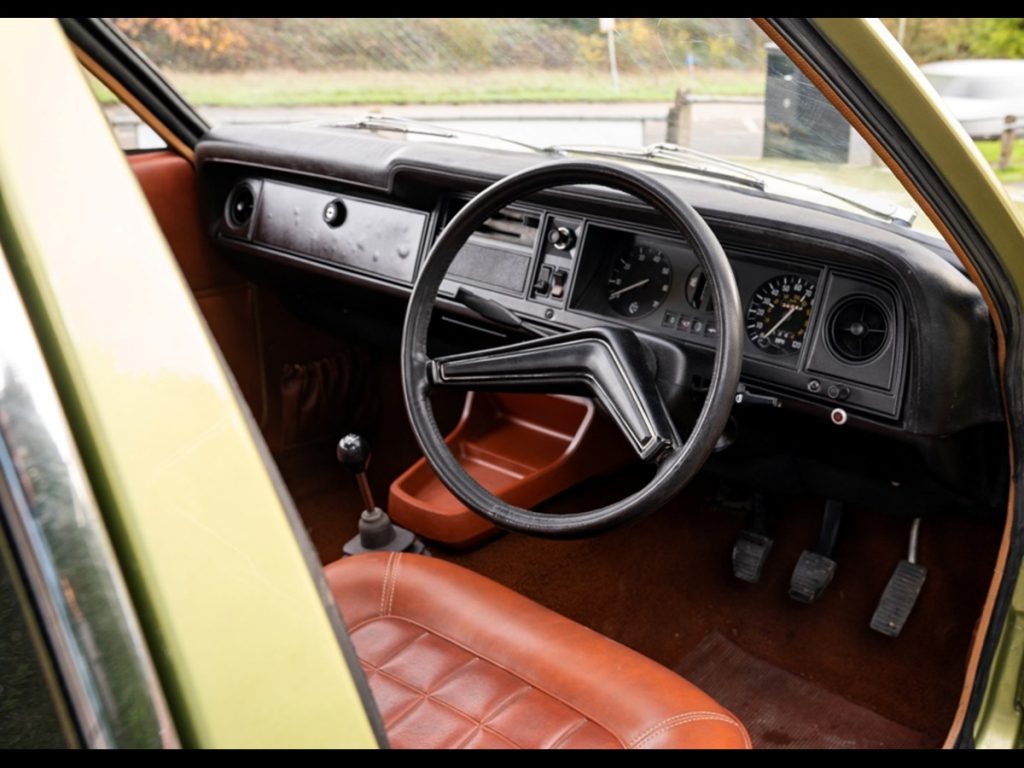
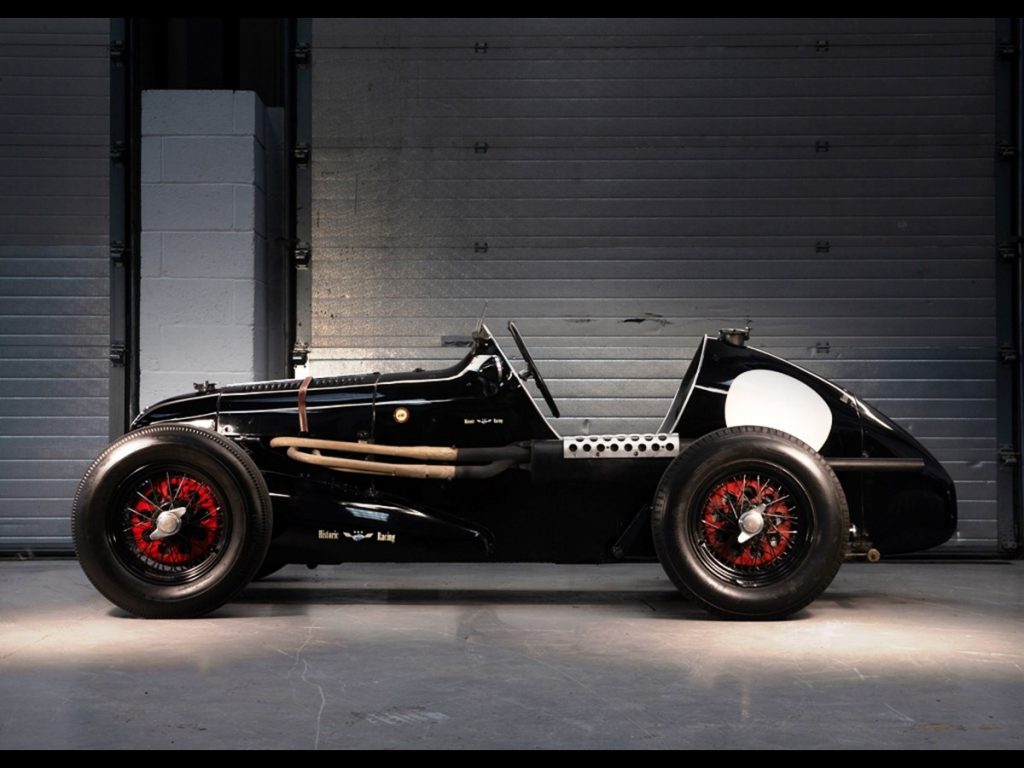
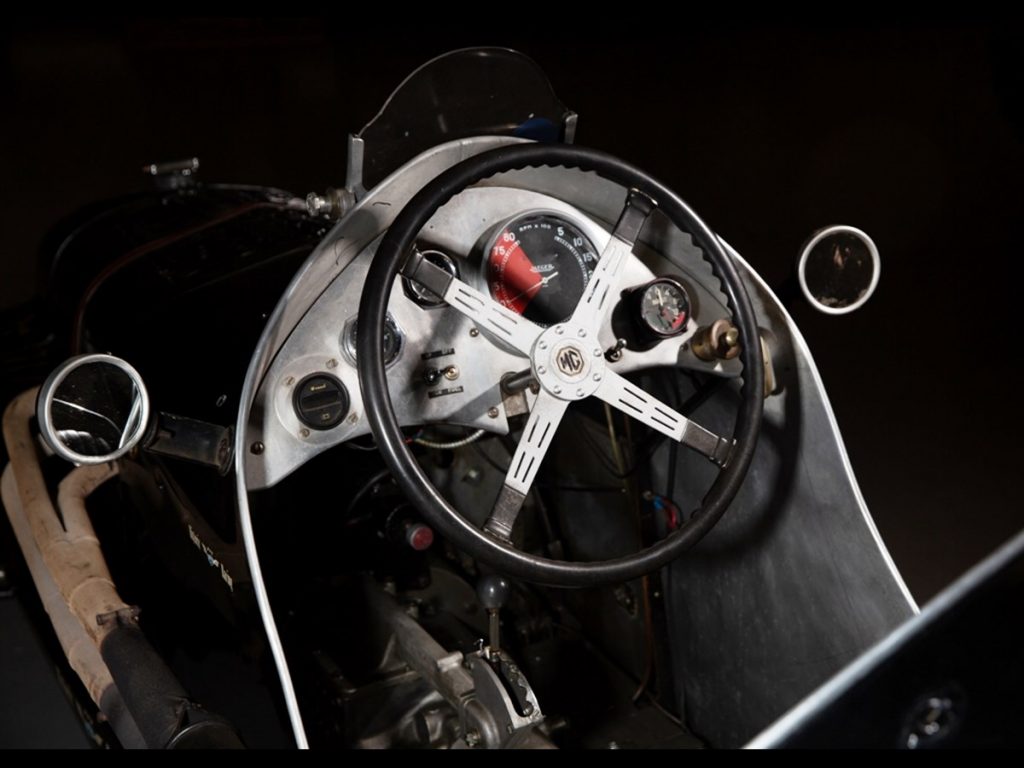
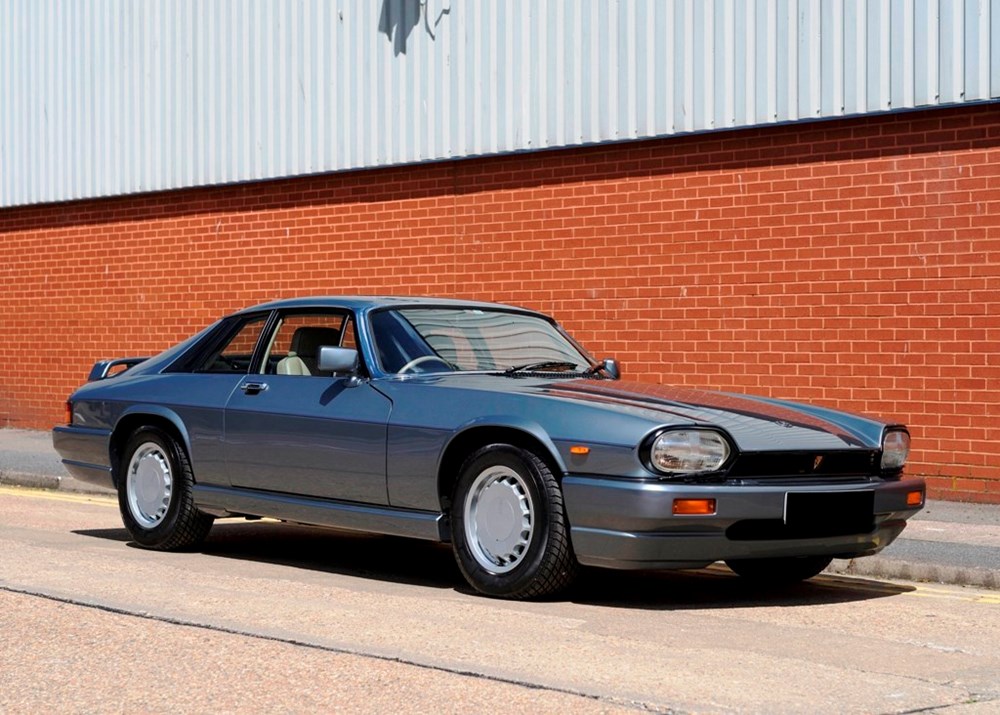
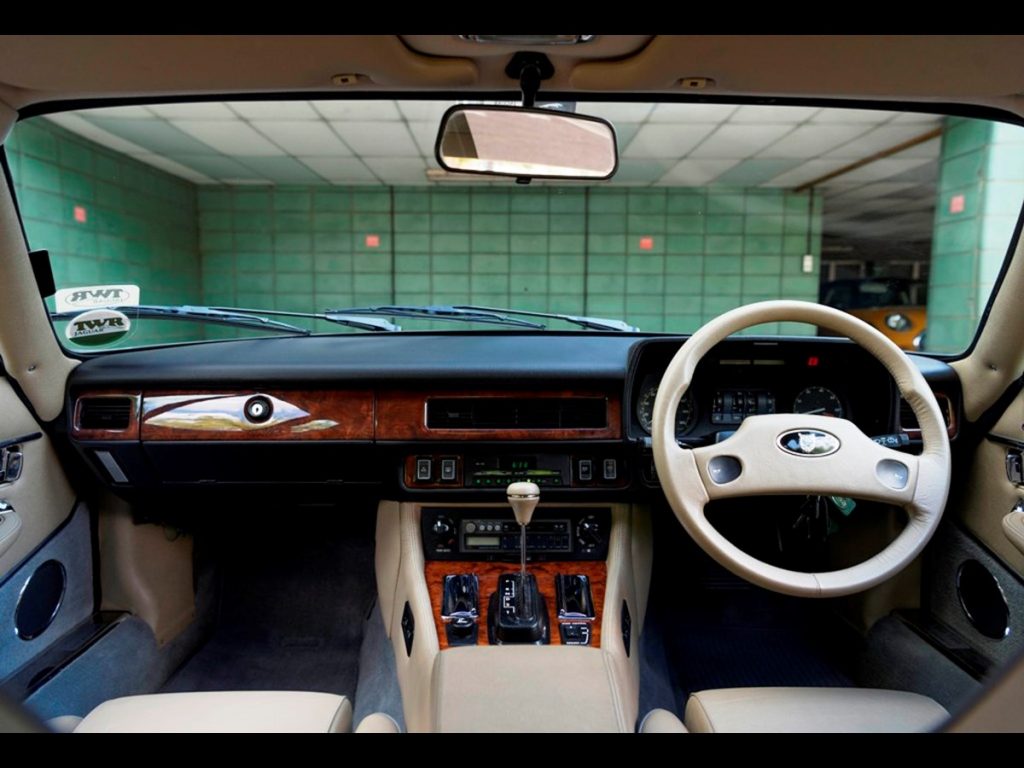









XJC I had one in the seventies, a Daimler version (4.2 manual overdrive) black with black roof TAM699 with slightly flared arches and Appliance wheels. I am told that it has been off the road for 35+ years in a village near Aberdeen and the owner will not sell ( maybe because of the number)
XJC Jags really are a fabulous looking motor , car in the article is the first I’ve ever scene without the vinyl roof.
Friend of my Dad’s had a red J reg XJR-S absolutely gorgeous in Red , shame he won’t remember the car he’s very sadly.got dimentia.